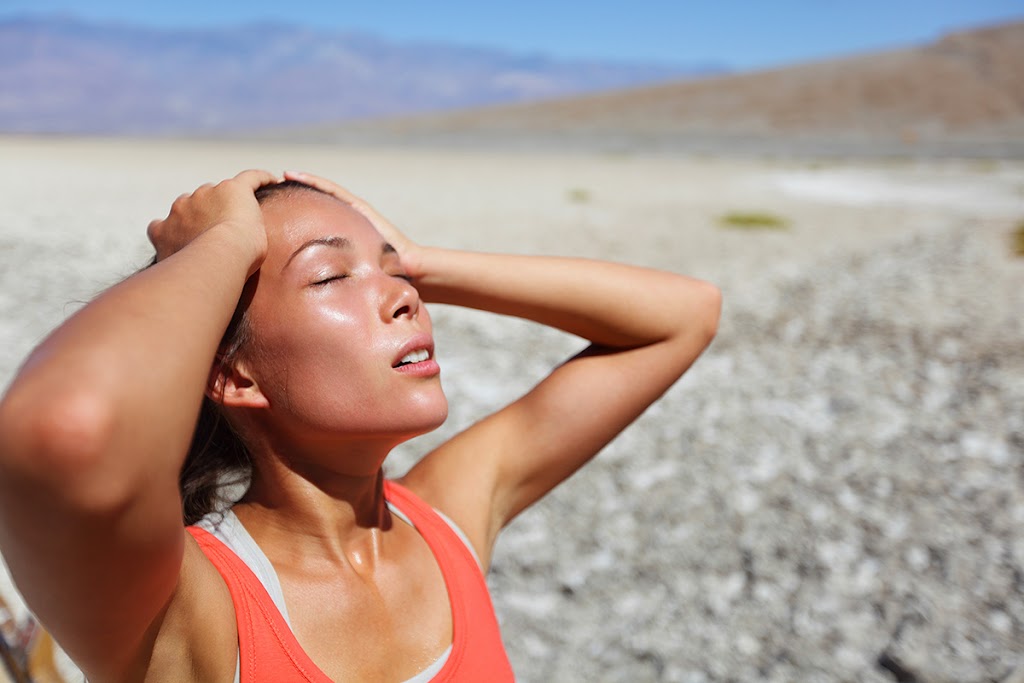Why Summer Workouts Can Be Risky
I like to write about exercising in hot weather every year because you can make your summer workouts effective, fun, and SAFE! More exercise injuries occur during summer for two reasons:
- Many people start activity programs during warm weather and participate only one or two days a week (Weekend Warriors).
- Many exercisers neglect the increased need for water when the temperature is high.
Start Training Before the Heat Hits
Warm weather motivates people to become active, but if you’ve been sedentary, your body needs time to adapt. Weekend warriors — those engaging in sports only once a week — face a higher risk of injury. Fitness level and body fat percentage affect your ability to acclimate. The fitter you are, the quicker you adapt. Excess fat acts as insulation and slows heat loss.
Start with a routine of cardio like walking, biking, or running at least 3 times a week for 30 minutes. Include strength exercises such as pushups and squats. Even a few weeks of preparation will improve your performance and safety during hot weather.
Adjust Your Intensity in Hot, Humid Conditions
During extreme heat (100°F+), reduce your workout intensity and monitor your heart rate. As your body acclimates over 2–3 weeks, you can gradually return to normal intensity levels. For beginners, this aligns well with our training strategy guide.
Dress Right for the Weather
Exercise during cooler parts of the day. Wear light-colored, loose-fitting clothes that allow ventilation. Never wear plastic or nylon suits, as they prevent sweat evaporation and trap heat — a recipe for heat exhaustion.
Hydration: The #1 Safety Rule
Summer workouts increase your need for water. Exercise generates internal heat, and sweating helps cool the body. But sweat equals water loss — and dehydration can creep in before you feel thirsty. Drink cold water regularly.
Here are essential hydration tips:
- Drink 1–2 cups of cold water 15–30 minutes before exercise.
- Drink a cup every 15–20 minutes during your workout.
- Drink another 1–2 cups post-workout.
Avoid relying on thirst. Instead, proactively hydrate. Water is always best — it’s absorbed faster and cools your core better than sugary or caffeinated drinks.
Should You Use Sports Drinks?
Sports drinks are useful only for endurance athletes like marathoners. For the average exerciser, they slow hydration and may not be necessary if you’re following a nutritious diet. Avoid caffeine and alcohol as they act as diuretics and increase water loss.
Hydration Tools for Outdoor Athletes
Outdoor athletes should plan ahead: use water bottle holders on bikes or wearable hydration packs to stay hands-free. Teach kids to hydrate often — they overheat quicker than adults.
Know Your Heat Limits
Everyone’s heat tolerance varies. Recognize your body’s warning signs and take rest days when needed. Recovery is just as essential as training — especially in the summer.
Want to improve your recovery or flexibility after hot-weather workouts? Explore our guide to stretching and flexibility for long-term injury prevention.

